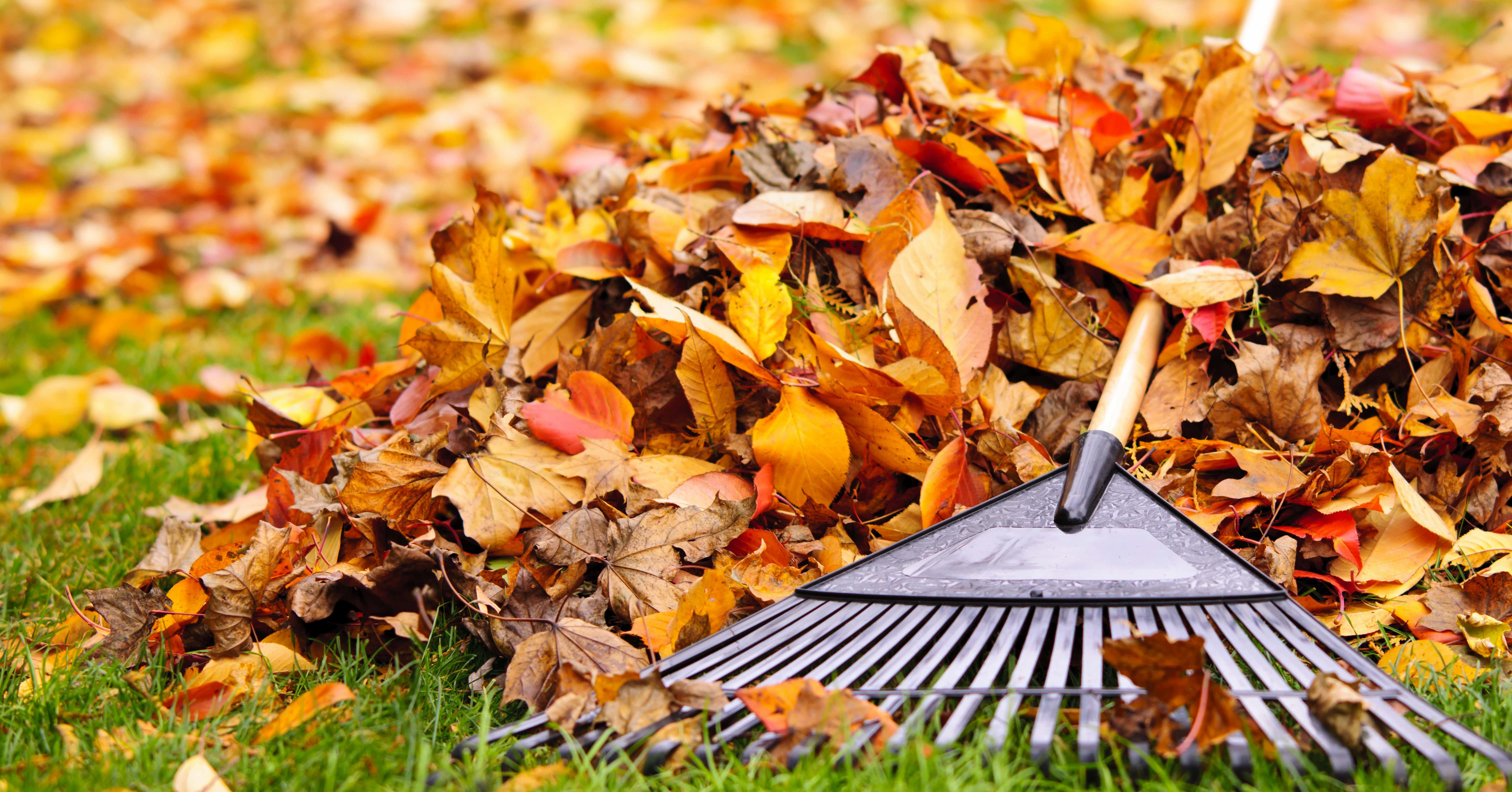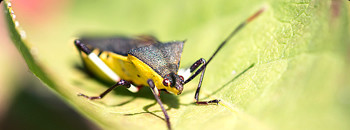Fall means time for football games, cooling temperatures and the end to summer chores like mowing the lawn, right? While you might be ready to hit the snooze button on lawn care for the year, a green, healthy lawn next spring means a few more weeks of lawn work ahead.
Lawn care experts can agree that autumn is the best time to spruce up your lawn. While your lawn care routine will be different depending on where you live. View a complete chart of lawn care tips by region here.
Daylight savings time might mean falling back an hour, but we’ve rounded up fall lawn care tips to help you think ahead for the best yard on the block next spring.
1. Rake and Remove Leaves. Red, orange and yellow leaves settling on your lawn provide colorful decoration, and a fun place to for the kids play, but they’re secretly sabotaging next spring’s green grass if you don’t remove them. Leaves block light and trap unwanted moisture in your turf, so be sure to grab a rake or run your lawn mower over them two or three times. Mowing your leaves chops them up into fine pieces so that they can easily decompose.
2. Keep Mowing. Believe it or not, cooler temperatures encourage your lawn to grow faster. Keep mowing regularly until the first hard frost settles in. You’ll also want to adjust the height of your mower to keep grass shorter, which will keep it healthy from winter blights like fungi and snow mold. Aim to shorten the grass by 1/3 of the grass height to avoid shocking your lawn roots.
3. Water Regularly. Most people tend to lighten up on watering in the fall, as cooler temperatures typically bring more rain. However, watering your lawn early in the morning 1-3 times a week keeps grass roots hydrated as you head into winter months. Avoid watering your lawn in the evening, which can make it susceptible to fungal diseases. A good rule of thumb? If your footprints leave marks in the grass, it’s likely too dry.
4. Fertilize. If you live in a northern state, fall is the best time of year to fertilize your lawn. A quick feeding in late October/early November gives your grass an extra boost to bounce back healthier than ever in the spring. In southern states, avoid fertilizing warm-season grasses unless they’ve been over seeded with winter ryegrass. Unsure of what fertilizer? Your local lawn and garden expert is a great resource to direct you to products that are fit for you! Check out our Winter Lawn Care chart for more information on when to fertilize by state. Your state may have specific dates for applying fertilizer.
5. Overseed. In states with warm-season lawns, overseeding with ryegrass each autumn will provide a lush green space through the cool winter months. Prep for overseeding by mowing ½ inch shorter than usual. In northern states, temperatures under 75 degrees makes autumn the perfect time to overseed thin lawns or large areas of dead grass.
6. Weed control. Prep your lawn and garden for next spring by cutting back annuals and pulling up weeds. Moderate fall temperatures provide some of the best conditions to apply liquid or granular herbicides to control lawn pests like dandelions, bull thistle and other broadleaf weeds.
7. Check for mosquito breeding grounds. Playtime next spring will be more enjoyable, safer and a lot less itchy if your yard isn’t infested with mosquitos. Believe it or not, mosquito larvae can survive winter, so now is a great time to double check your lawn for breeding places. Remove standing water like puddles, and where it collects in children’s toys, planters and outdoor furniture covers.
8. Style for cooler temps. Before diving into lawn maintenance, remember that fall presents an opportunity to spruce up your outdoor space with some autumn-inspired plants. Try adding mums, pumpkins, gourds or hydrangeas to your garden ensemble to add pops of colors.


